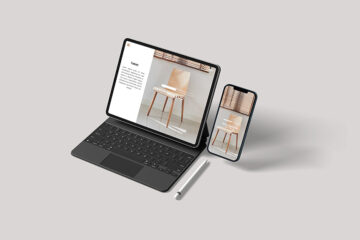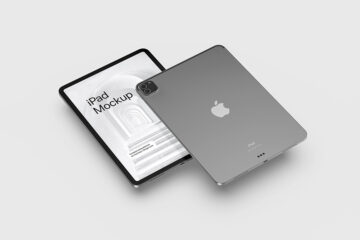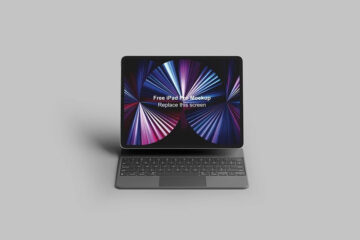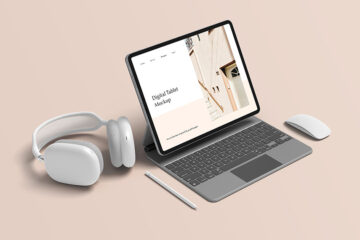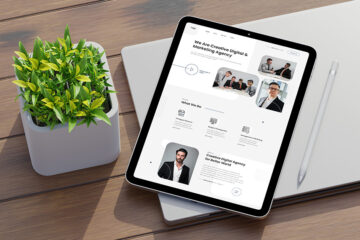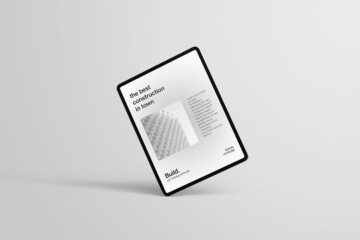In the dynamic world of graphic design, achieving optimal readability is paramount. Whether you’re designing a website, a mobile application, or any digital interface, the ability to effectively convey information through text and graphics is essential for user engagement and comprehension. Tablet mockups serve as invaluable tools for graphic designers, facilitating the evaluation of text and graphic readability within the context of a realistic digital environment.
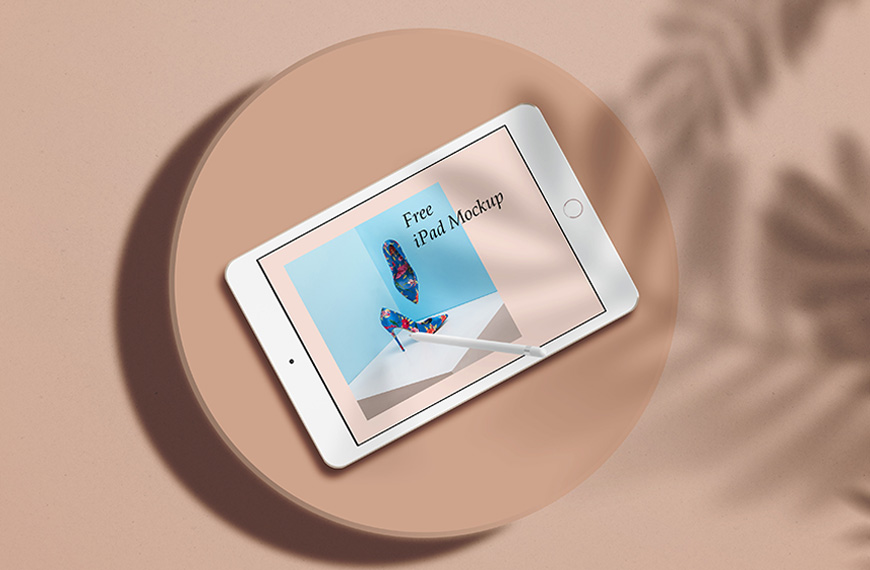
The essence of readability lies in the seamless integration of text and graphics to deliver information in a clear, accessible manner. Tablet mockups enable designers to assess how textual content and graphical elements interact within the confined space of a tablet screen, offering insights into legibility, hierarchy, and overall visual appeal.
One of the primary considerations when evaluating text readability is typography. Tablet mockups allow designers to test different font styles, sizes, and weights to determine which combinations enhance readability and visual impact. By simulating how text renders on a tablet display, designers can make informed decisions about typography that ensure optimal legibility across various screen sizes and resolutions.
Furthermore, tablet mockups enable designers to assess the effectiveness of text placement and spacing within the layout. By positioning text within the context of a tablet screen, designers can evaluate how it interacts with other elements such as images, icons, and navigation menus. Proper spacing and alignment contribute to improved readability by reducing visual clutter and enhancing the overall flow of information.
In addition to text readability, tablet mockups facilitate the evaluation of graphic elements such as icons, illustrations, and images. These visual elements play a crucial role in enhancing the user experience and conveying information quickly and intuitively. With tablet mockups, designers can assess the clarity, resolution, and visual hierarchy of graphic elements to ensure they complement the textual content and contribute to a cohesive design aesthetic.
Moreover, tablet mockups allow designers to test the responsiveness of graphical elements to user interactions such as tapping, swiping, and scrolling. By simulating user interactions within the mockup environment, designers can identify potential usability issues and refine the design to improve overall user experience. This iterative process helps ensure that graphical elements not only look visually appealing but also function intuitively across different devices and screen orientations.
Another aspect of graphic readability that tablet mockups facilitate is color contrast and accessibility. Designers can evaluate how text and graphic elements stand out against background colors and gradients, ensuring sufficient contrast for users with visual impairments or viewing devices in varying lighting conditions. By adhering to accessibility standards, designers can create inclusive designs that cater to a diverse audience and promote equal access to information and services.
Furthermore, tablet mockups serve as effective communication tools for presenting design concepts and obtaining feedback from clients and stakeholders. By visualizing designs within the context of a tablet device, designers can convey their vision more convincingly and facilitate meaningful discussions about readability, aesthetics, and user experience. This collaborative approach fosters a shared understanding of design objectives and ensures that the final product meets the needs and expectations of all stakeholders.
In conclusion, tablet mockups play a crucial role in evaluating the readability of text and graphics in digital design. By providing a realistic simulation of tablet interfaces, designers can assess typography, layout, visual hierarchy, and accessibility to create designs that are visually compelling, user-friendly, and inclusive. As technology continues to evolve, tablet mockups will remain indispensable tools for graphic designers seeking to push the boundaries of creativity and deliver exceptional user experiences in the digital landscape.
| Author | Reza Azmy |
| File Type | .psd |
| Layered | Yes |
| Smart-Object | Yes |
| License | Commercial Use |


